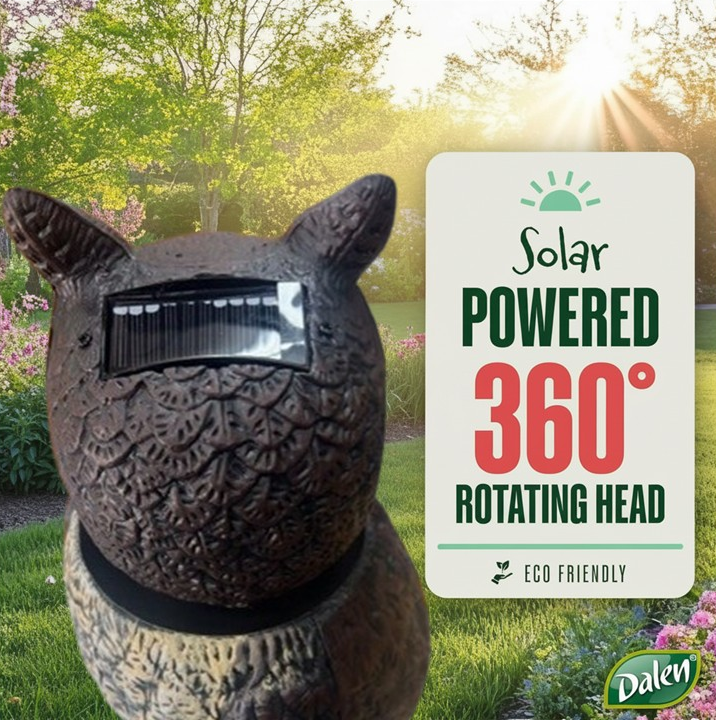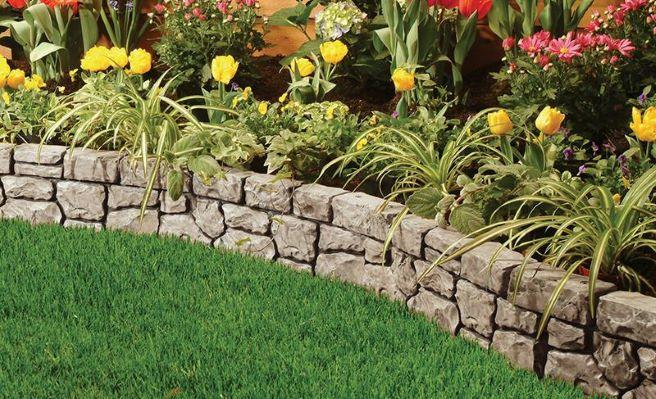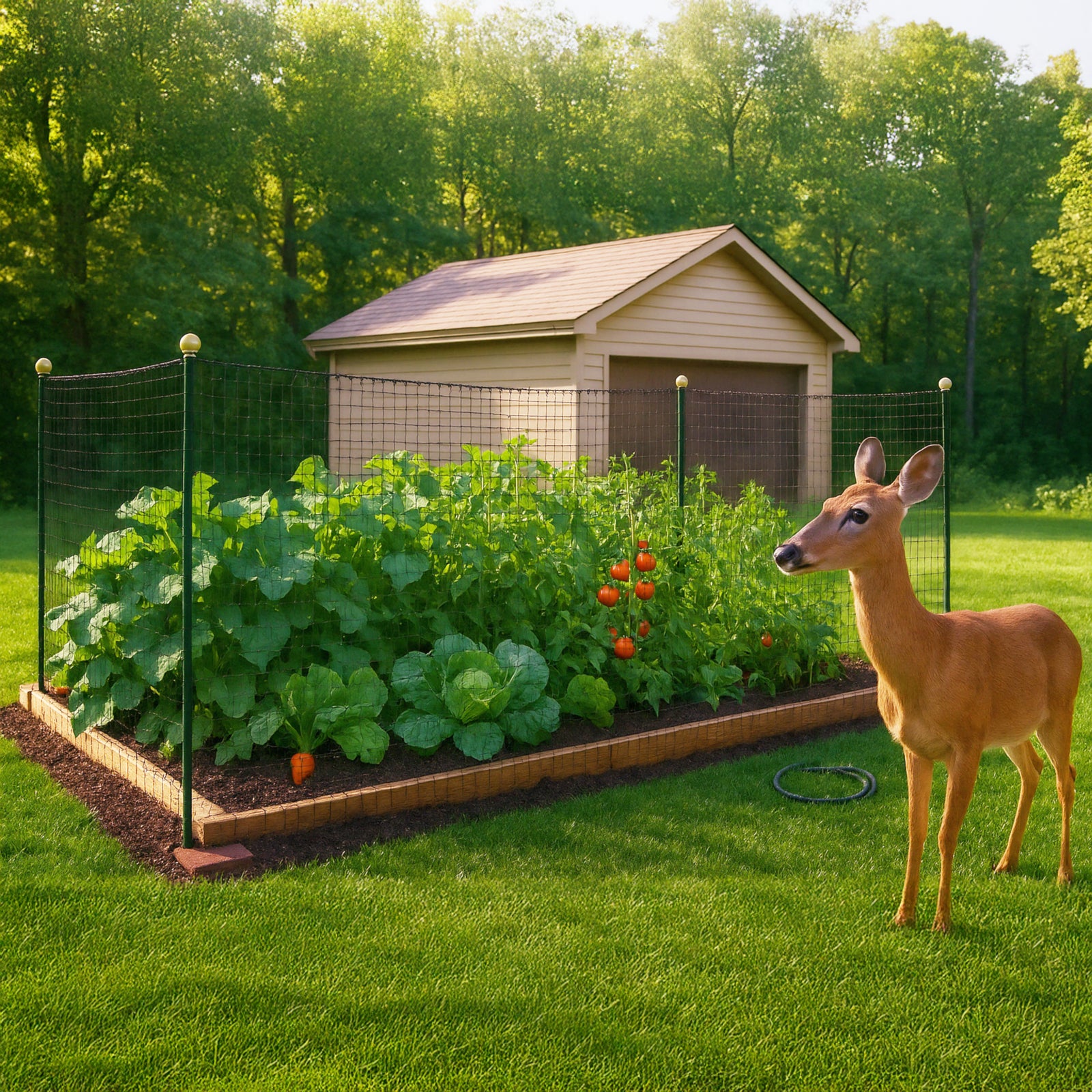Vertical gardening is a creative and efficient way to harness the power of nature and allow plants to thrive in limited spaces while embracing their natural inclination to reach for the sun. Whether you have a small balcony, a spacious garden, or an indoor living space,vertical gardening offers a solution that maximizes beauty and functionality while respecting the constraints of the modern world.
This article will explore vertical gardens, including the various types, benefits, equipment needed, and the best plants to grow vertically. Join us in discovering the art and science of vertical gardening and learn how to cultivate a thriving garden oasis.
What Is Vertical Gardening?
Plants like to reach up toward the sunlight. However, not all plants can grow very tall. So what is a vertical garden, and how can it solve this problem? A vertical garden helps you do more with less, as it emphasizes and encourages a plant’s natural upward growth while working with any plant’s limitations. We don’t live in a world where space is unlimited, and this type of gardening is a great way to lean into your restrictions. You’ll be surprised how much you can do with a little porch, patio, or balcony garden.
Not all plants are climbing plants, though. Lettuces, for example, are relatively lower to the ground than grapevines and beanstalks. But in a vertical garden, we arrange the garden so that lettuces are stacked to minimize the square footage footprint while maximizing the use of airspace that usually gets wasted.
Why Are Vertical Gardens Perfect for Indoor Spaces?
When growing a vertical garden indoors, it's essential to be strategic with the available space. Most individuals don't have an entire room to devote to plants, and even if they do, obtaining sufficient light for that area can be costly. Therefore, it's wise to invest in a couple of high-quality lights and maximize the growing space below the light canopy.
Benefits of Vertical Gardens
Vertical gardens aren’t just great for maximizing limited gardening spaces. Here are some other benefits of this space-conscious gardening strategy:
-
Can be used indoors or outdoors:Indoor gardening is an artificial growing environment, and vertical gardens shouldn’t be limited to indoor spaces. Hop farms and vineyards are great examples of outdoor vertical gardens. These environments train plants upright, allowing the sun to hit one side of the rows in the morning and the other side in the afternoon. Vertical gardening is a smart method, but the location and arrangement of a vertical garden should be planned and thought out based on what you plan to grow.
- Various sizes: Vertical gardens come in various sizes, ranging from less than a foot in diameter to dozens of feet in length. For instance, lettuces can grow in vertical planters that stack on top of each other. These plants require a small space of only 1 square foot, but they can grow up to 6 feet in height. Although some lettuces may not receive enough sunlight during midday, except for those at the top, the whole vertical row can be nourished by the sunlight at other times of the day when the sun shines at an angle.
- Useful in commercial and residential spaces:It’s worth noting the cost-saving practices of commercial farms. While some big businesses may take unethical shortcuts, vertical farming helps maximize real estate potential. The same approach can also be applied in personal residential spaces.
- Alternative to indoor potted plants:To create an indoor vertical garden, you will require a container and growing medium. However, instead of opting for the typical potted monstera plant in the corner of your living room, you can train a vine to climb all around your house for a refreshing alternative.
- Grow food or ornamental plants:Whether you want to maximize fruit yield in a small space or grow plants vertically for decor and ornamentation, vertical gardens are a great option.
- Popular in urban areas, apartments, and other limited spaces:If you're a city-dweller with limited space and a small porch instead of a big yard, planting a vertical garden is a great idea. Your little apartment has more potential than you may think, and you don't need to dedicate an entire room to gardening.
- Adds color and texture to your decor:Feng Shui, a set of principles for gardening and interior decor, encourages the presence of potted plants in your home. For those new to Feng Shui gardening, a helpful tip is to position plants on the south side of the house and keep your indoor garden in a location that does not obstruct movement or create clutter. It's important to allow your living room and garden to have ample space for optimal flow and energy.
-
Grow with soil or hydroponics:Growing plants using hydroponics is simpler than traditional soil-based methods, as you can easily purchase liquid nutrients and add them as required. However, it can be challenging for beginners to get it right initially, and a learning curve is involved. Once you acquire the necessary skills, growing plants hydroponically becomes effortless and convenient. Nevertheless, at Dalen, we strongly recommend using living soil. Nothing beats the benefits of a living soil enriched with nutrients, enzymes, minerals, and mycorrhizal fungi. For the best results, we recommend using living soil whether you grow your plants indoors or outdoors. While hydroponics is relatively artificial, the plants grown using living soil possess the characteristics of the soil medium, which helps produce healthy fruits and vegetables.
- Can be as expensive or inexpensive as you wish: Creating a vertical garden can be done on a budget or with more expensive materials for a professional-grade greenhouse setup. For indoor gardens, all you need is a potted plant and stretch ties to secure the plants as they grow upwards. Outdoor vertical gardens can be even simpler, as you can plant directly into the ground, but it's recommended to use a trellis or plant ties to guide the plants as they climb.
-
DIY or professional setup: In our opinion, professional setups may not be necessary for residential vertical gardens. While fancy growing systems can be exciting, there are many other options that require less investment. You may need some plant ties or stretch tape to support your plants, but most of the necessary materials can be found at your local garden center for a reasonable price. Additionally, you could build your own setup instead of buying an expensive futuristic system that is often unnecessary. After all, we are not gardening in a spaceship on our way to Mars. We are on planet Earth, where every plant can thrive in its natural environment.
Types of Vertical Gardens
Now that we’ve covered the benefits of vertical gardening, here are the types you can experiment with based on your growing needs and space constraints.
Exterior Vertical Gardens
These gardens are designed to be positioned outdoors, taking advantage of natural sunlight and fresh air. The setup typically involves using various support structures like trellises, grids, or even specialized vertical gardening systems. By carefully selecting climbing and trailing plants, such as vines or ornamental flowers, you can create a lush, living tapestry that adorns your walls, fences, or any vertical surfaces.
Exterior vertical gardens not only enhance the visual appeal of your outdoor space but also offer practical benefits such as shade, improved air quality, and even insulation for your home. Whether you have a small courtyard, a balcony, or a large backyard, exterior vertical gardens offer a versatile and eco-friendly way to make the most of your outdoor environment.
Vertical gardens, in our opinion, really belong outside; grow lights and indoor garden systems are trying to mimic what can be found naturally outside and fall short of the radiance of the sunshine. Even growing plants indoors on a windowsill is less than ideal because windows today filter out so many important lightwaves that plants need to thrive. We encourage you to plant your vertical garden outdoors if you can.
Vertical Succulent Gardens
Vertical succulents are worth considering if you're looking to create a stunning cascade of succulents for your home or garden. However, it's important to remember that a succulent vertical garden has unique requirements compared to other types of vertical gardens. While many succulents thrive in bright environments, it's worth checking whether they prefer direct or indirect sunlight. Succulents typically require well-draining growing mediums that allow for slow growth.
Additionally, not all containers, soils, or vertical gardening systems are suitable for succulents, and not all succulents are ideal for vertical gardening. For a visually impressive display, succulents with draping foliage are worth showcasing in an elevated planter.
Container Vertical Gardens
Container vertical gardens are a versatile and space-efficient way to cultivate plants in a vertical orientation. They involve using various containers or planters to support upward growth, often accompanied by trellises or support structures. Here are some distinct types of container vertical gardens:
- Living Wall:Living walls are vertical gardens that utilize a variety of plants to create a vibrant and ever-changing tapestry of colors and textures on a wall or vertical surface.
- Green Wall:Green walls are designed to add a lush layer of greenery to outdoor spaces, offering privacy, shade, and improved aesthetics while utilizing climbing and trailing plants.
- Vertical Wall:Vertical walls encompass various vertical gardening structures that can be customized to suit your space and plant preferences, allowing for upward growth and creative arrangements.
- Moss Wall:Moss walls feature moss as the main plant component, creating a soft and natural-looking vertical garden that thrives on the humidity and nutrients present in the air.
- Plant Wall: Plant walls are constructed using a variety of plants, often with a focus on aesthetics, and can be challenging due to the need for large containers and proper selection of climbing plants. They offer both visual appeal and the potential for shade and privacy.
Equipment Needed for Vertical Gardens
If a vertical garden is right for your space, here are some of the tools you’ll need to get started as you learn how to build a vertical garden:
- A vertical structure:Vertical garden supports like trellises are ideal, but there is still much you can do with some stretch tape and plant ties. Some plants can naturally cling to walls and fences without any help, but other plants require some training and fastening to help them reach their upward potential.
- A container:A raised bed garden or potted planters are ideal for ensuring high-quality living soil for your garden.
- A plant: Unless you are stacking low-growing plants vertically, we recommend doing some research on plants that grow upward for a vertical garden.
- Soil:A great garden starts from the ground up, and soil health is paramount. If you plan on using earth in your planter, it may not be the most nutrient-rich without some effort. While purchasing pre-packaged potting soil is the easiest option, the most optimal soil requires cultivation and hard work. We highly recommend creating a living soil at home by mixing the earth you find in your yard with compost and cultivating microbes, bacteria, and mycorrhizal fungi. This results in the most potent garden medium possible.
Shop Vertical Gardening Products
Best Plants for a Vertical Garden
Need some vertical garden ideas? Maybe some hanging garden ideas? Vertical gardening offers a unique canvas for cultivating a wide range of plants that can thrive in a vertical orientation. Whether you're looking to add greenery to your indoor living space or transform your outdoor walls, choosing the right plants is crucial for a successful vertical garden. Here are some of the best plant choices for vertical gardening:
- Herbs:Herbs like basil, mint, and thyme are excellent choices for vertical gardens. Their compact size and aromatic foliage make them ideal for both indoor and outdoor vertical setups.
- Annual or Perennial Vines: Climbing plants such as morning glories, clematis, and honeysuckle are natural climbers that flourish when given vertical support structures.
- Shady Vines: Shade-loving vines like English ivy or Virginia creeper can thrive in areas with less direct sunlight, adding elegance to shaded vertical spaces.
- Succulents: Succulents, with their water-storing capabilities and low-maintenance nature, can create stunning cascades of unique textures and colors on vertical surfaces.
- Flowering Plants:Geraniums, petunias, and nasturtiums are examples of flowering plants that can add visual appeal and bursts of color to your vertical garden.
- Lettuces and Greens: Leafy greens like lettuce, spinach, and kale can be grown vertically, optimizing space while providing fresh and edible greens.
- Strawberries: Strawberry plants thrive in vertical planters, with their bright red fruits dangling enticingly from the containers.
- Ferns:Ferns are renowned for their lush and feathery foliage, making them an excellent choice for shady vertical gardens.
- Caladiums: These tropical plants, known for their vibrant and colorful leaves, can bring a touch of the exotic to your vertical garden.
- Moss: Mosses create a soft and visually appealing green carpet on vertical surfaces, adding a natural and tranquil ambiance.
- Most Climbing Plants: Nearly any climbing plant, from climbing roses to jasmine, wisteria, and beans, can be successfully incorporated into vertical gardens when provided with trellises, pergolas, or other support structures. Their vertical growth habits are perfect for this gardening style.
Selecting the right combination of plants to suit your climate, sunlight conditions, and aesthetic preferences will ensure a thriving and visually captivating vertical garden.
What Soil Should I Use in a Vertical Garden?
If you want to know how to make vertical gardening easier, we suggest using a nutrient-rich living soil that includes microbes, enzymes, bacteria, and mycorrhizal fungi. Although cultivating a living soil may be challenging, the benefits of a healthy garden and flourishing plants make it worth the effort. If you're interested in learning more about the soil food web and best practices for potting soil, delving into the fascinating world of microscopic gardening could make a significant impact on your garden's overall health.
Choosing the Right Containers
As you begin to collect the materials for your vertical garden setup, here are some factors to consider in terms of your container.
Size
When selecting a container for your plants, it's crucial to consider the size and variety of the plants you wish to grow, as well as the location where you plan to plant them. For instance, a 12" pot is suitable for growing a standard tomato plant, while a smaller container should suffice for a cherry tomato plant. To make an informed decision, take time to research your options based on your preferences and planting location.
Drainage
When planting in a container, it's important to have soil that can hold water but also allow for proper drainage; over-watering is a common mistake, and it's often caused by poor drainage. Placing stones, rocks, and gravel at the bottom of the container may seem like a good idea, but it could actually clog the drainage holes. Avoid using a plastic liner without drain holes, as this can lead to a swampy environment for your plants. Make sure your soil and container are conducive to proper drainage to avoid this problem.
Color
When choosing a container for your plants, consider the color carefully. Dark colors may absorb heat and dry out soil too quickly in the summer but could be beneficial during the winter. It's important to choose a color that looks good in your home or garden, but keep in mind that different colors can have different effects on plant growth.
White containers are great for reflecting full-spectrum light, while red containers can help with the ripening of fruiting plants like tomatoes. Blue containers can promote vegetative growth and development of leaves and stems. Green containers may be the least effective, as plants can't use green light well and often reflect it, giving them their characteristic green color.
Composition
Be careful about what your containers are made out of. Redwood is naturally weather resistant, but be careful buying containers treated with toxic chemicals that might leech into your soil. Toxins can easily make their way from the raised bed into the soil and through the plant into your fruit. At the very least, some of the toxins are interacting with the soil food web, and your garden won't do as well if you use an unhealthy container to grow your food in.
Weight
Larger plants need more weight to keep them grounded so they can weather storms that might otherwise blow them over if they were planted in something too small and lightweight.
Tending Your Vertical Garden
Once your vertical garden is all set up, here are the steps to keeping it healthy and thriving.
Water Efficiency
When your vertical garden wall is located high above the ground, the air can dry out the soil faster than usual. Therefore, it is advisable to plant species with similar watering requirements in close proximity to avoid discrepancies in watering quantities. For instance, it would not be ideal to plant a succulent alongside a thirsty tomato, as it may be challenging to provide each with the appropriate amounts of water without harming the other.
Light and Shade
Plants with similar light needs should also be grouped together. If you want to grow shade-loving plants, it also makes sense to place those together so they can enjoy the right microclimate.
Planting Medium
Planting mediums can vary from plant to plant, so it makes sense to figure out what you want to grow, where you want to do it, and do the research to help you make the right decision for what to plant in.




















